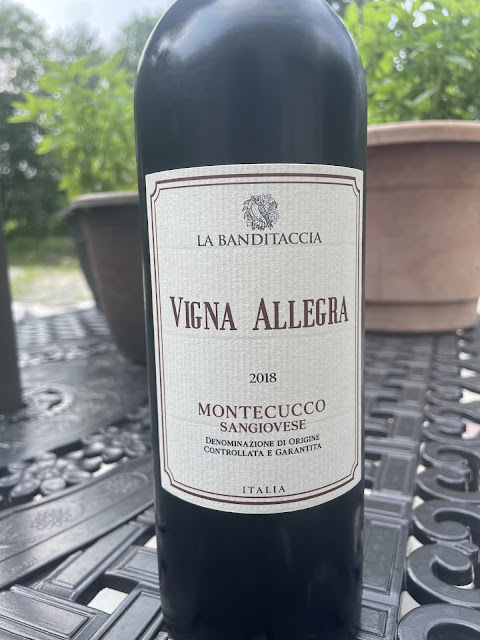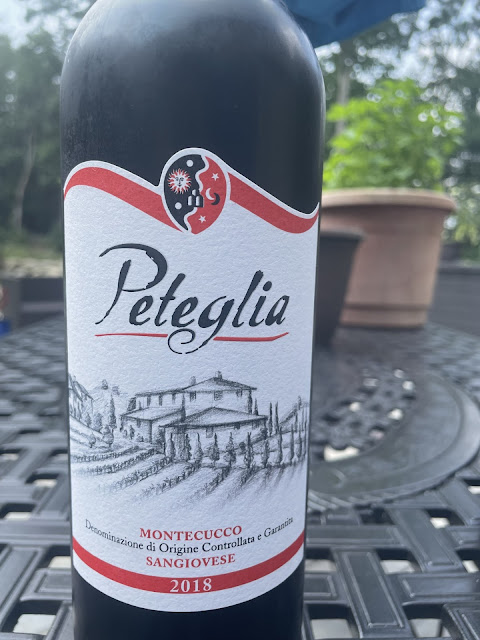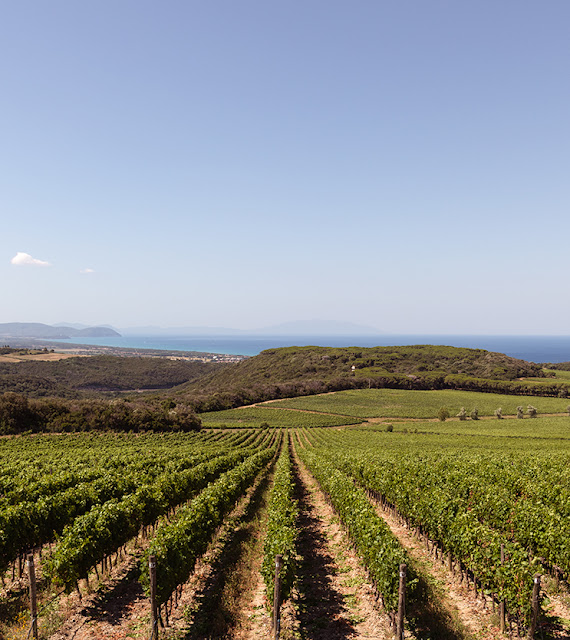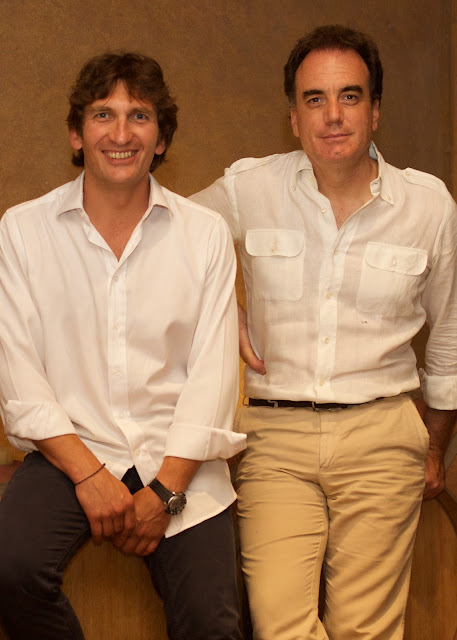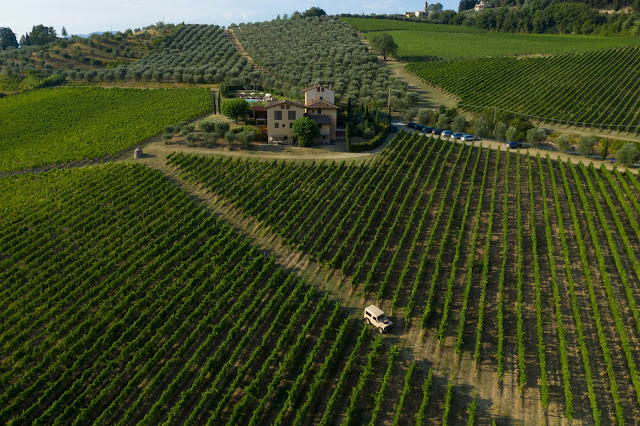The Montecucco wine region has been gaining visibility in recent years. It has always been overshadowed by some of Tuscany's more prominent wine regions, including its closest neighbor, Montalcino, and the respectable Brunello di Montalcino.
Montecucco is in the southern part of Tuscany in what is known as the Maremma. It’s situated on the slopes of Monte Amiata, an ancient, extinct volcano Italy’s 2nd highest volcano.
In the late 90s, a group of producers wanted to distinguish themselves and the Montecucco terroir with a Sangiovese that has its own personality representative of their particular region. In 1998 the Montecucco DOC was created, celebrating its 25th anniversary this year since its inception. In 2011, the area was also granted the Montecucco Sangiovese DOCG designation. As you can see, this is a relatively newer recognized appellation in the grander scheme of Italian wines.
 |
| Montecucco - sourced from Consorzio Tutela Vini Montecucco |
Montecucco encompasses 7 municipalities: Castel del Piano, Campagnatico, Seggiano, Arcidosso, Roccalbegna, Civitella Paganico, and Cinigiano. The vineyards are on the southwest hillsides, on the complete opposite side of Montalcino, separated by the Orcia River Valley. Directly to the south of Montecucco is Scansano, where Morellino di Scansano is produced. Montecucco has a rich biodiversity with a strong focus on agriculture with various crops, vineyards, and a large amount of olive groves. As you can imagine, the soils are volcanic with rich minerals and clay.
The Wines
I sampled a few wines to share today in very different styles. These wines change with some time in the glass, so I suggest trying them upon first opening and then again after some time.
The 2019 Le Pianore “Tiniatus” Montecucco Rosso DOC is made from Sangiovese and Merlot. Montecucco from the Rosso DOC must be at least 60% Sangiovese. This wine was aged ¼ in French oak tonneaux and ¾ in steel with an additional 6 months in the bottle. The vineyards sit at 1,600+ feet above sea level. Transparent ruby in the glass with blueberry and tart cherry aromas. Bright acidity up front with moderate tannin that tamed down with time in the glass. The fruit leaned more on the tart cherry side and wasn’t as prevalent as the following wines. ABV 13.5% SRP $34
The 2018 La Banditaccia “Vigna Allegra” Montecucco Sangiovese DOCG is a wine named after the vineyard in which it was grown, “vigna allegra,” that stands at 1,600+ feet above sea level. This winery was purchased by the Petrecca family. It’s an organic farm that sits on Monte Amiata's slopes near the Monticella Amiata village. They farm grapes and olives groves in an area known for its excellent olive production, Seggiano, which overlooks the Val d’Orcia. In addition, they also produce lavender oil.
The Montecucco Sangiovese DOCG requires a minimum of 90% Sangiovese with 17 months of aging in total, with at least 12 months in oak. This wine was fermented and aged for 14 months in large Slavonian oak. The color was slightly more dense than the last but still relatively transparent with a ruby color and garnet edges. Rich cherry aromas are carried to the palate, along with cedar notes and a vibrant acidity. Firm, gripping tannins that loosened up with some time. A persistent finish that becomes silky. This was my favorite from the tasting with the next being a close second! ABV 14% SRP $20-25
The 2018 Peteglia Montecucco Sangiovese Riserva DOCG is made by two brothers, Marco and Emmanuele Innocenti. The wine spent 2 months on the skins and 36 months in the bottle. More garnet colored with brick hues on the rim. The nose was more earthy and savory with darker cherry aromas. Very dry with bright acidity and tannin more integrated into the wine. A slight bitterness without very ripe fruit like the prior wine. Some oak showing on the persistent finish. SRP $45
Although Montecucco mainly produces red wines, you will also find white wines, rose, and vin santo produced there. Check out this part of Tuscany and let me know how you enjoy the Sangiovese of southern Tuscany versus the more northern part.

